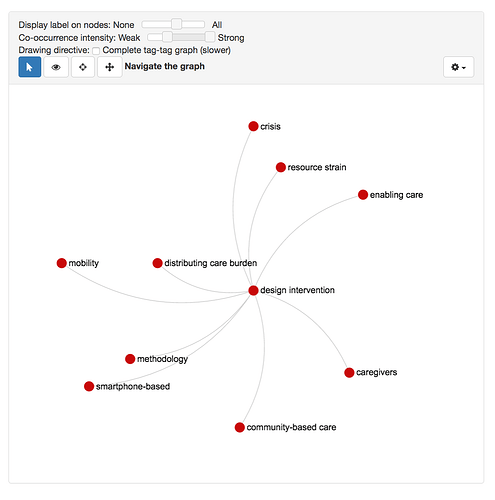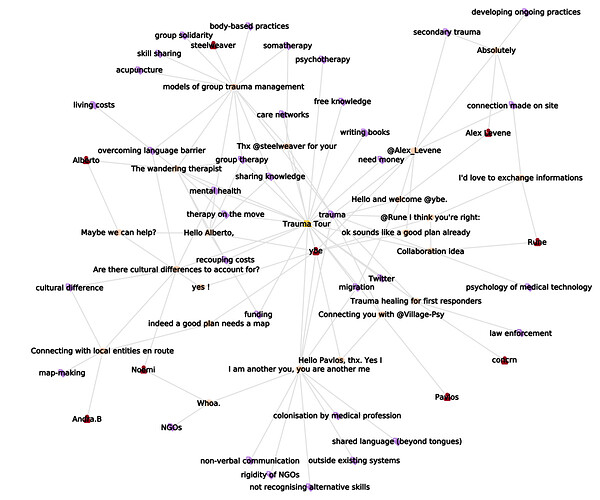Alberto: The Story
Ezio is a service designer, his main concern is to change the world – looking for regularities in the data to help him tweak the interaction environment to get more of what we want. He builds this taxonomy. On the other hand, anthropologists are concerned with describing the world. They weigh in the empirical evidence with as little hypothesis as they can get away with.
We are looking at a service design take on making an analytical tool (this taxonomy) which is very actionable. Can we validate this by coming at it independently? With 2 enthographical approaches: offline observation, and digital ethnography. To the extent that it is validated, it is immediately actionable to be used as a policy instrument.
Ezio: methodologies in design action-research are partly different from those of other disciplines.
Possible outlets for dissemination. Main conference in service design, Milan 2018, submission 2017; and a design journal (published in Brazil). The first submission would be more care-oriented; the second one more openness-oriented.
Guy: Why not map the ethno codes onto the matrix? You play the script I prepared for Federico, grab the tags as they pop-up and map them. I understood the replay would be articulated into phases (that’s how I read the matrix – as trajectories). The challenge is to identify the phases from the look (structure?) of the conversation thread (how it builds over time, and how tags are used to mark its content).
On coding and analysing interaction which leads to action: We were/are supposed to take 10 cases, read the posts/comments and analyse them.
Amelia: we use the codes to select which cases to analyse in more depth. So in Geneva we talked about using the code ‘connection made on site’ to filter which cases to analyse. Then we look at the other codes used in those cases (maybe mapping them in the way that Guy and Federico worked on). To figure out how talk turned in to action
The added layer is that we have Ezio’s matrix as a hypothesis to test. The positive is that even if the matrix doesn’t map on perfectly we can use the ethnographic analysis to augment it.
Federico: Amelia’s codes which map on Ezio’s matrix - and relevant for the Milano network are -
Story sharing, Building relationships, Skill sharing, Design intervention, Participatory design/collaboration, Connection made on site (taken offline)
After today’s call we agreed to:
-
filter stories (Noemi and Amelia)
-
do ethnographic analysis on stories (Noemi Amelia Federico
-
clearly articulate matrix and hypothesis (Ezio)
-
visualise talk unfolding via tulip (Federico Guy Jason)
-
write up! (Everyone)
For 1) and 2) we begin this week.
Where we left off is at these 10 cases. Now we got the list of urls for all the different posts with some references (in their comments mostly) to the tag ‘connection made on site’, courtesy of Jason! See first comment below.
To report on progress, see you all next Wednesday at 14:00 on skype.

